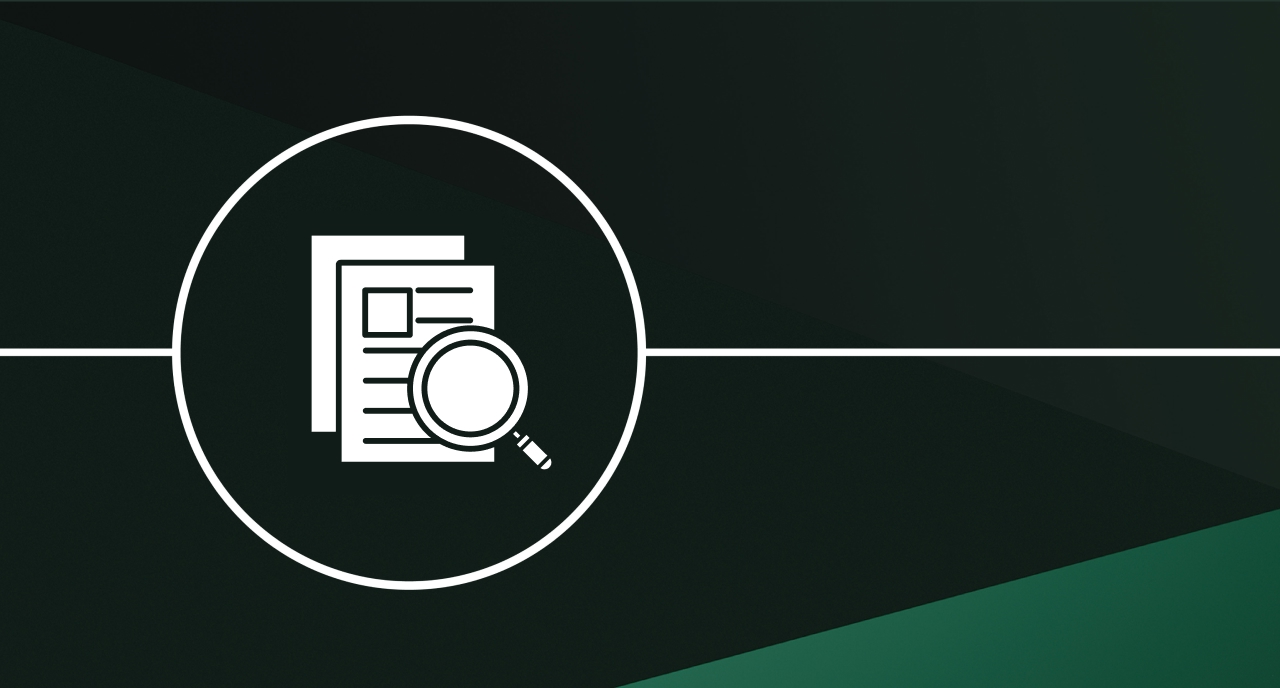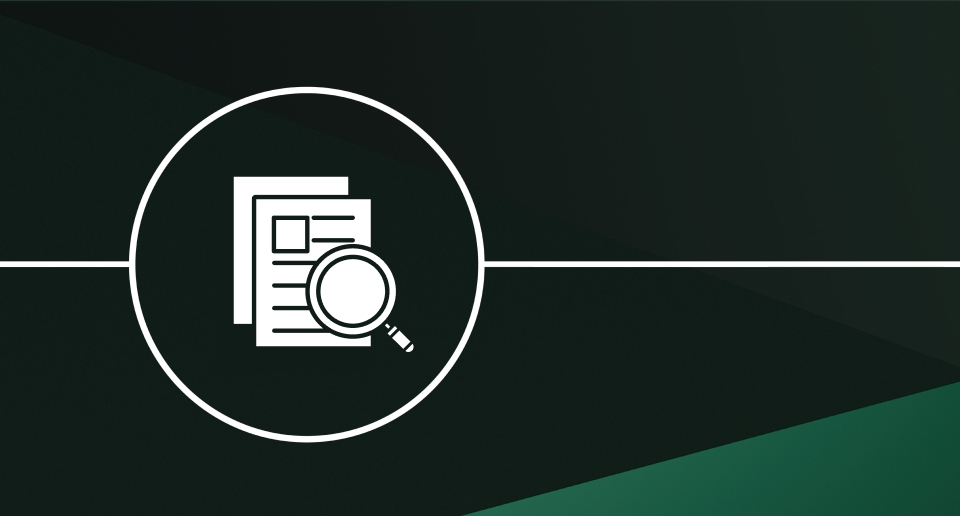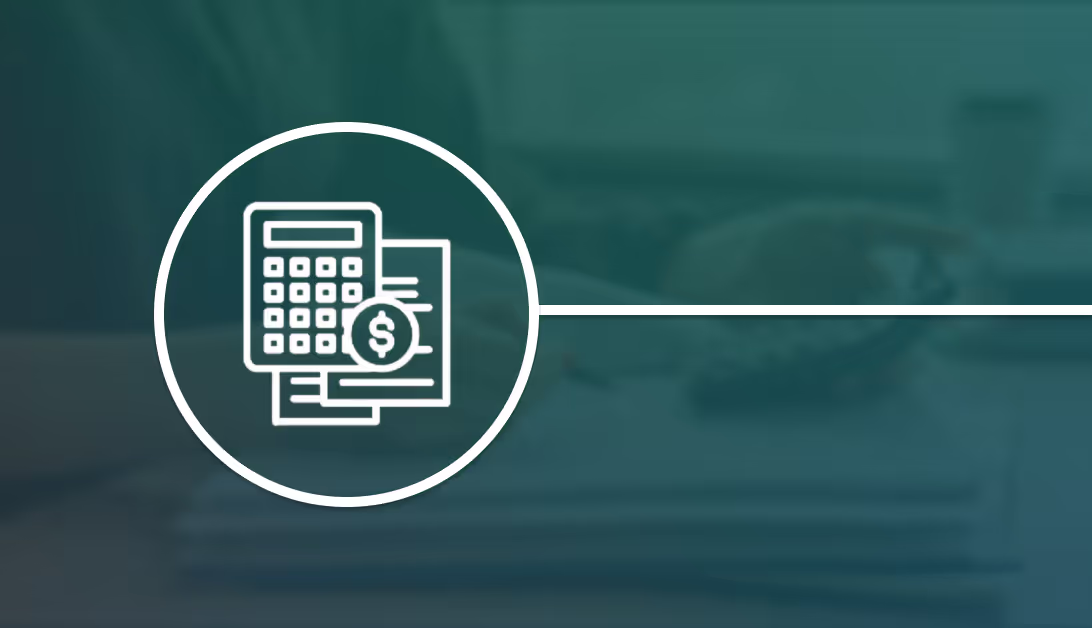

Lesson I: I Went to ABA Trust School and This Is What I Learned - Build Wealth Management Plans Like a Formula 1 Race Car

Part 1 of a series on insights from ABA Trust School Level II
In June I completed the American Bar Association's Trust School Level II online. The curriculum was dense with technical details about fiduciary duties and regulatory compliance, covering everything from complex document analysis to emerging regulatory frameworks. One insight that stood out was how we're still approaching personalized wealth strategies like we're building static structures instead of dynamic, living systems.
Here's the thing: most of us think about wealth management plans like blueprints for a house - detailed, precise, and meant to last forever without much modification. But one area the course explored in depth was document analysis, account structures, and ongoing client engagement, which got me thinking we've been approaching this all wrong.
Your Client's Wealth Is a Formula 1 Racing Car
Think of a personalized wealth management strategy not as a static blueprint for a house, but as the design and ongoing maintenance of a high-performance vehicle. This shift in thinking changes everything about how we approach our work as fiduciaries.
The Pre-Purchase Inspection: Deep Document Analysis & Collaboration
Just like you wouldn't buy a vintage Ferrari without a comprehensive inspection, deep document analysis is your exhaustive pre-purchase inspection and detailed service history review. You don't just kick the tires and call it good—you meticulously analyze every component, past repairs, and performance records to understand the true condition of what you're working with.
In the wealth management context, this means identifying hidden flaws or inconsistencies in existing estate documents. Maybe there's a trust provision that clashes with the overall estate plan (like aftermarket parts that don't play nice with the original design). When you find complex issues—and you will—you bring in specialized engineers. That's your tax attorneys, your investment advisors, your insurance specialists. The goal is ensuring every component functions harmoniously and legally.
The old way? Skim the documents, note the obvious issues, move on. The modern way? Treat every document like it contains the DNA of your client's financial future, because it does.
The Systems Analysis: Unpacking Account Structures
This is where we dissect and understand each major system within the vehicle. In wealth management terms, you're analyzing:
- The engine (individual security selection): How much power, what kind of fuel efficiency, what's the maintenance schedule?
- The transmission (beneficiary designations): How does power transfer from one generation to the next?
- The chassis (investment policy statement): What's the foundation supporting everything else?
- All their intricate connections: How do these systems work together, and where are the potential failure points?
For each system, you're analyzing its specific purpose, performance characteristics, legal registration (ownership and compliance), current taxation efficiency, future estate taxation implications, and any unique client modifications.
Here's where most fiduciaries get lazy. They see a 401(k) and think "retirement account, check." But modern wealth management demands you understand how that 401(k) interfaces with the Roth conversions, how it impacts the charitable remainder trust, and how it affects the generation-skipping transfer tax calculations. Everything connects.
The Ongoing Tune-Up: Dynamic Engagement
This is the ongoing, proactive maintenance, performance tuning, and adaptive redesign. It's not a one-time service call—it's regular check-ups, recalibrating settings based on changing road conditions (client circumstances), and re-engineering parts as new technologies or regulatory changes emerge.
The static blueprint approach says "build it once, check in annually." The high-performance vehicle approach says "monitor continuously, adjust proactively, evolve intelligently."
Why This Matters for Modern Fiduciaries
This is the dynamic approach as the future of our industry. The clients fiduciares serve today don't just want their wealth preserved - they want it optimized, modernized, and continuously aligned with their evolving values and circumstances.
The Trust School curriculum reinforced that the fiduciaries who thrive in the next decade won't be the ones with the most detailed initial plans. They'll be the ones who treat wealth management as an ongoing, collaborative, technology-enabled process.
That means embracing tools that help you maintain visibility into every moving part. It means building systems that alert you when something needs adjustment before it becomes a problem. It means treating client communication not as a quarterly obligation but as an continuous conversation.
The Bottom Line
Your client's wealth isn't a monument to be built once and admired forever. It's a high-performance machine that requires expert care, continuous monitoring, and regular upgrades.
The question isn't whether you have the technical knowledge to build a good initial plan—most competent fiduciaries do. The question is whether you have the systems, processes, and mindset to keep that plan performing at its peak for decades.
That's the difference between being a good fiduciary and being an indispensable one.
Legal Disclaimer: This article is for informational purposes only and does not constitute legal or tax advice. Practitioners should consult the Internal Revenue Code, Treasury Regulations, and IRS guidance - or seek professional counsel - before applying these concepts to specific client situations.
More Articles







